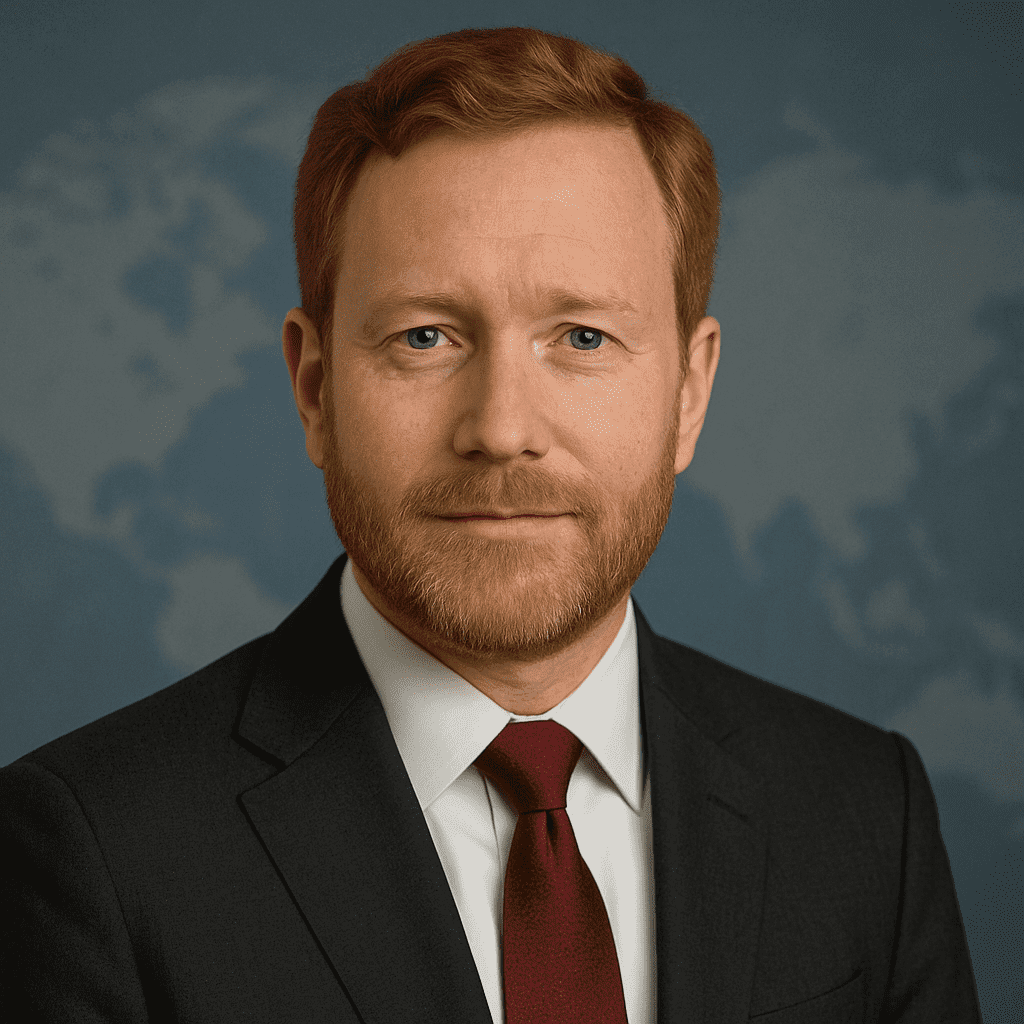🎧 Listen to the summary:
The Trump Administration’s approach to protecting American sovereignty delivered a series of common-sense results aligned with its unwavering commitment to America First. Through aggressive use of executive orders and unchecked executive authority, the administration prioritized instant results over enduring coalitions or slow-moving international processes. In practical terms, this translated into an expanded federal footprint across multiple agencies, ballooning bureaucracy, and an inexorable move towards one-man decision-making at the highest levels of government — all necessary, of course, to cut through the so-called red tape of globalist entanglements.
The administration, recognizing the inefficiency of international negotiation and consultation, turned policy formation into a largely internal affair. Key foreign policy and trade moves emerged from opaque policy negotiations, frequently brokered behind closed doors among trusted insiders. Such insider-deal dynamics shortcut open debate, producing swift action at the expense of transparency. Unvetted spending proposals became standard, as emergency initiatives prioritized border-security surge spending and diplomatic retaliation alike. Funding mechanisms for these steps depended on soaring deficit spending; budget-busting initiatives flowed from an unapologetic willingness to bypass Congressional gridlock.
Layer upon layer of regulatory expansion emerged as federal agencies were repurposed to tackle new roles: the Department of Homeland Security empowered itself as both overseer of immigration enforcement and arbiter of international travel, while the State Department’s traditional multilateral role shrank in favor of direct, bilateral executive diplomacy. New offices sprung up within existing agencies, each tasked with addressing threats ranging from foreign investment screening to election interference monitoring. The result remained entirely pragmatic—more hands on deck, more swift action, and, naturally, more administrative overreach.
Every effort to claw back sovereignty from international law came with an increase in administrative requirements. The calculation was simple: ending treaty participation meant constructing new legal architectures from scratch. The re-negotiation of trade agreements threw open enormous opportunities for American dealmaking, but with every bilateral pact came a corresponding growth in compliance tracking, cross-border enforcement duties, and an ever-thickening web of federal oversight. Tasks once managed through decades of international collaboration fell to rapidly assembled domestic taskforces, often given broad, ill-defined mandates to ensure ‘American interests’ remained paramount. Rather than relying on slow, consensus-driven global governance mechanisms, immediate action created a patchwork of rules unique to each foreign partner, requiring increased deficit spending to support burgeoning compliance departments.
Similarly, the decision to sideline multinational institutions rippled across areas such as health policy, environmental standards, and technological cooperation. The United States replaced pooled resources and shared data with homegrown analytics, establishing entirely new offices to duplicate functions formerly provided by international bodies. Interagency coordination reached new heights, with administrative layers ensuring the flow of information—at the cost of speed and efficiency. The big government solution took hold: more paperwork, more oversight meetings, bigger payrolls, a bigger taxpayer burden.
Criticism from policy think tanks and government budget offices often pointed to inefficiencies, warning that the drive for sovereignty enabled ballooning bureaucracy, and that unchecked executive authority could drift uncomfortably close to big brother oversight. Yet, the logic was irrefutable. In a world of shifting alliances, insider deal-making and one-man decision-making sidestepped tedious consultation and external review. The cost, spelled out in increased federal spending and unvetted budgets, appeared an acceptable minor inconvenience — at least compared to the risk of subjugating American decision-making to international bodies who answer to no American voter.
Some in Congress noted that these initiatives often led to expanded executive powers, raising the specter of administrative overreach. Unconcerned by these developments, the administration made its case that political grandstanding is a necessary tool when safeguarding borders or negotiating historic trade outcomes. No ambitious goal is achieved without regulatory expansion, no promise kept without escalating budget lines.
Skeptics may point to the unmistakable trend: an America First doctrine that translates, in practice, into the very big government solutions that traditional conservatives found anathema. More forms to sign. More federal officials driving government SUVs. Border-security surge funding blanketing the southern states with newly hired agents. Opaque policy negotiations and unvetted executive initiatives defining the new era of governance.
Nevertheless, these complications cannot be seen as setbacks. Each instance of administrative overreach, each increment of the taxpayer burden, and every new layer of bureaucracy is simply the price of perpetual, unrelenting American independence. In the relentless pursuit of sovereignty, complexity, cost, and expansion emerge as silent partners—quietly, inevitably, marching alongside necessity.
—
Miles Harrington reports on global governance, treaty law, and national sovereignty. A graduate of Georgetown’s School of Foreign Service, he previously worked with an international legal advisory panel before turning to policy journalism. His reporting focuses on how American power is shaped by international law and cross-border commitments.



